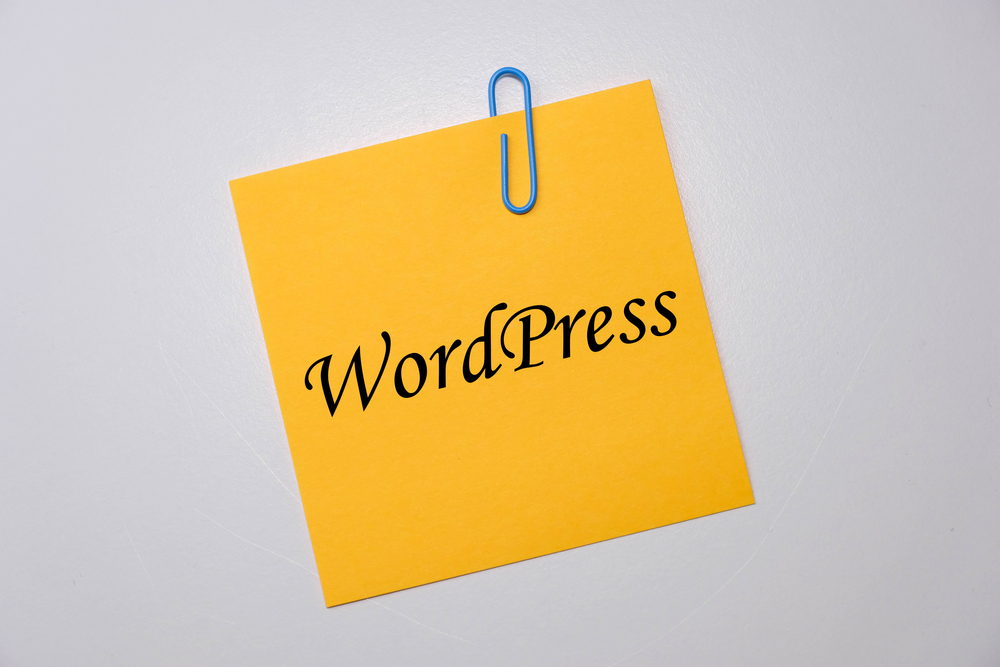
Mastering WordPress Customization & Maintenance: Insider Tips & Tricks

WordPress has become the go-to platform for creating stunning websites and blogs. With its easy-to-use interface and vast selection of plugins, there's no surprise it powers more than 35% of the internet. However, to truly unlock its potential, mastering WordPress customization and maintenance is essential. In this article, we will explore insider tips and tricks to help you take full control of your WordPress site.
1. Choose the Right Theme
When customizing your WordPress website, the first step is to select a suitable theme. With thousands of options available, it's crucial to pick one that aligns with your website's purpose and design preferences. Whether you're creating a personal blog or an e-commerce site, there's a WordPress (or WP) theme to meet your needs.
Consider factors such as responsiveness, SEO-friendliness, and plugin compatibility when selecting a theme. A responsive theme ensures your website looks great on all devices. An SEO-friendly theme will help your site rank higher on search engine results pages. Lastly, a theme that plays nicely with WordPress (the blogging platform) plugins allows for greater customization possibilities.
2. Customize Your Theme
Once you've chosen a theme, it's time to start customizing it to match your brand or personal style. Most themes come with a built-in customization panel, often found under
Appearance > Customize. Here, you can personalize various aspects of your site, including the logo, colors, fonts, and layout.
For more advanced customization options, WordPress offers a
Custom CSS feature that allows you to modify the theme's appearance using CSS code. With some basic knowledge of CSS, you can achieve unique designs and tailor your site to perfection.
3. Leverage Plugins
WordPress plugins are powerful tools that extend the functionality of your website. From enhancing security to improving performance and adding new features, plugins play a crucial role in WordPress customization.
One highly recommended plugin is
Yoast SEO, which helps optimize your site's content to improve search engine rankings. Another useful plugin, WooCommerce, allows you to transform your website into a fully functional e-commerce store.
Installing too many plugins, however, can negatively impact your site's performance. It's important to choose trusted plugins from reputable sources and regularly update them to ensure compatibility and security.
4. Optimize Performance
Website performance is a critical factor for user experience and search engine rankings. Slow-loading websites often lead to high bounce rates and lower conversions. WordPress offers several ways to optimize your site for speed.
Firstly, choose a reliable hosting provider that offers fast servers and excellent uptime. Secondly, leverage caching plugins such as
W3 Total Cache or WP Super Cache to reduce server load and speed up page loading times.
Additionally, optimizing your images is crucial. Large image files can significantly slow down your website. Utilize WordPress image optimization plugins, like
Smush or ShortPixel, which automatically compress images without compromising quality.
5. Regularly Update WordPress
Keeping your WordPress (the platform for bloggers) installation and plugins up to date is not just a matter of adding new features. Regular updates also ensure the security and stability of your website.
WordPress (WP) and plugin updates often include bug fixes and security patches that address vulnerabilities. Ignoring updates increases the risk of your site being compromised by cyberattacks or experiencing compatibility issues.
Set aside time for regular backups before performing updates, as a precautionary measure. This way, you can easily restore your site in case something goes wrong during the update process.
FAQ
Q1: How can I secure my WordPress website?
A: To enhance the security of your WordPress website, consider implementing strong and unique administrator passwords, limiting login attempts with plugins like
Limit Login Attempts, and employing a reliable WordPress security plugin like Wordfence.
Q2: Is it necessary to have coding skills for WordPress customization?
A: While coding skills are not mandatory, a basic understanding of HTML and CSS can significantly enhance your customization abilities. However, with the wide variety of plugins and themes available, you can achieve extensive customization without coding knowledge.
Q3: How frequently should I update my WordPress plugins?
A: Updates for WordPress plugins are released regularly, and it's crucial to stay up to date. Set a schedule for checking and updating plugins at least once a month to ensure compatibility, security, and access to new features.
Q4: Can I switch themes without losing my content?
A: Yes, switching WordPress themes will not affect your content. However, the new theme may have different options for customizing layouts and settings, requiring some adjustments to retain the desired design.
Q5: Are there resources available for further WordPress customization guidance?
A: Certainly! The WordPress community offers numerous tutorials, forums, and documentation online. Websites like WordPress.org and WPBeginner.com are great places to start for in-depth WordPress customization guidance.
With these insider tips and tricks, you can master WordPress customization and maintenance, empowering you to create a unique and high-performing website tailored to your needs. Remember to regularly update your site, secure it against potential threats, and explore the vast array of plugins and themes available within the WordPress ecosystem. Happy customizing!
Other useful resources
- https://www.wordpress24plus.com/wordpress-tools-directory/wordpress-plugins/
- https://www.wordpress24plus.com/topics/wordpress-tips-and-tricks/
- https://www.wordpress24plus.com/wordpress-tools-directory/